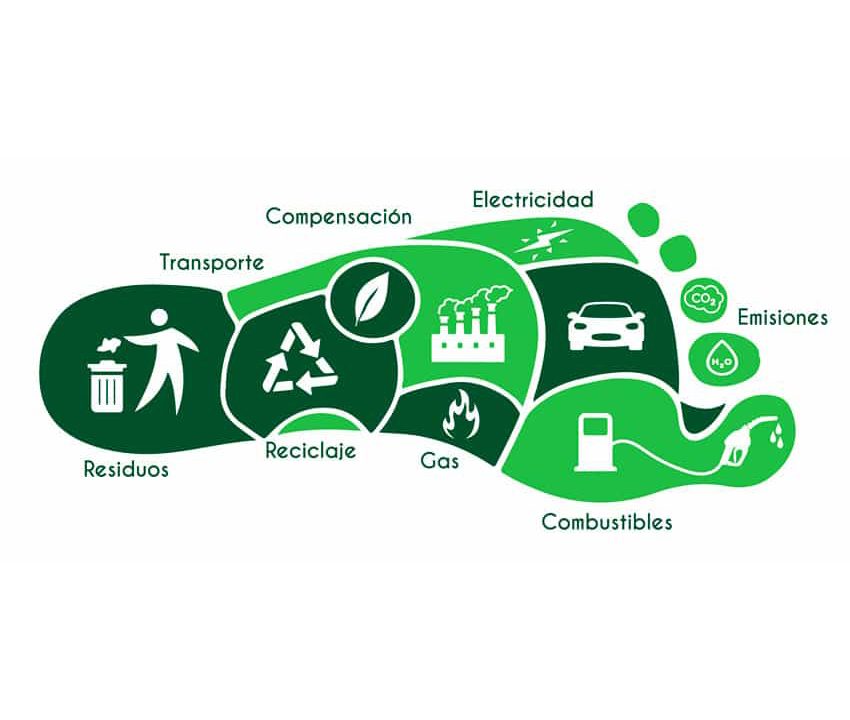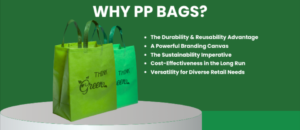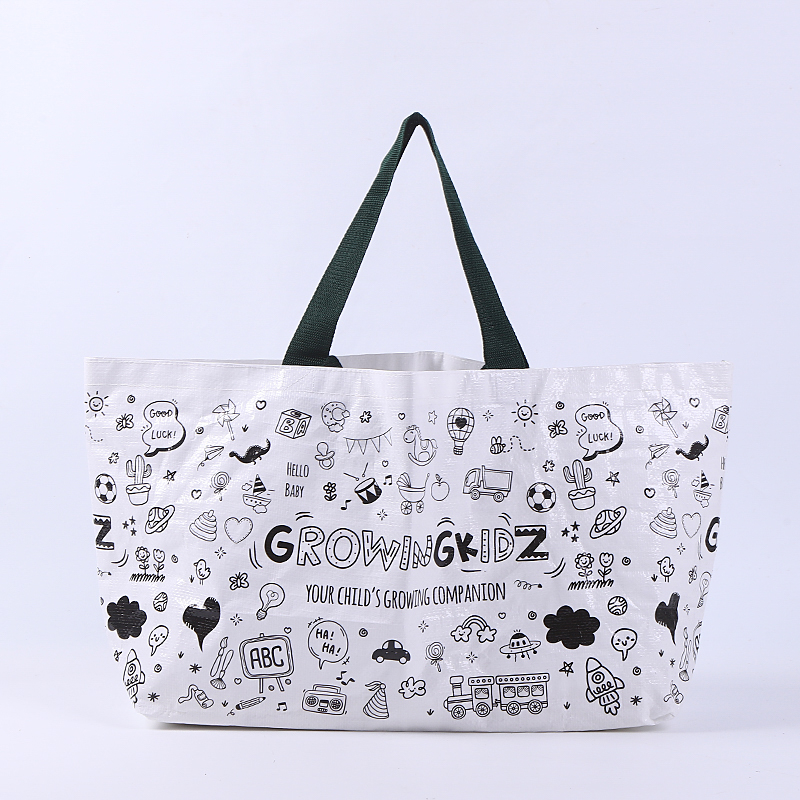What impact will carbon footprint1 and ESG procurement requirements have on shopping bag suppliers and supply chains?

Pressure is rising. Buyers now demand lower carbon footprints and ESG compliance. Shopping bag suppliers must adapt or risk being cut off.
Carbon footprint and ESG procurement reshape how shopping bag suppliers source materials, run factories, and deliver goods. Compliance is no longer optional—it affects supply chain survival.
Buyers and suppliers need to align on sustainability standards. But how does it really change our daily operations?
What are the risks of ESG in the supply chain?
More buyers are asking for ESG compliance2. Suppliers who can't meet those standards face rejection or even lawsuits.
ESG risks include poor labor conditions, lack of environmental safeguards, and weak governance—all of which can damage brand reputations and disrupt supply.

ESG risks stretch across regions and suppliers. For example, if a raw material supplier uses child labor or lacks environmental controls, it hurts the entire chain. Even if I follow all standards, one broken link can jeopardize deals. Distributors and supermarkets—especially in the EU and US—now audit us for every ESG issue. I’ve seen colleagues lose contracts because they missed one policy update.
Common ESG Risks in the Shopping Bag Supply Chain
| Risk Type | Example | Impact |
|---|---|---|
| Environmental | Non-degradable plastic used | Violates eco-standards, risks rejection |
| Social | Poor factory labor conditions | Reputational damage |
| Governance | Fake certification or poor reporting | Legal penalties, lost trust |
I had to replace two material suppliers last year because their environmental reports didn’t meet our client’s new criteria. The cost hurt, but it saved bigger losses.
How does sustainable procurement3 impact the supply chain?
Sustainable procurement changes what materials I buy, who I buy from, and how I prove compliance to clients.
It pushes the entire supply chain toward greener, safer, and more transparent practices, often increasing short-term costs but improving long-term trust.

I now focus more on raw materials that meet environmental standards like GRS or FSC. It narrows my supplier list but also makes me more competitive for ESG-conscious clients. Large buyers prefer partners who already do the work for them—who audit, verify, and report upstream.
Sustainable procurement also forces better communication. I must ask suppliers for traceability data, carbon metrics, and labor audits. This makes orders slower but more secure. A good ESG score now helps me win contracts, especially in Europe.
How Sustainable Procurement Changes Supplier Behavior
| Area | Traditional Practice | ESG Procurement Practice |
|---|---|---|
| Material Sourcing | Lowest-cost inputs | Certified sustainable materials |
| Supplier Choice | Based on price and speed | Based on ESG records and traceability |
| Documentation | Basic order records | Detailed ESG and carbon disclosures |
In short, I now spend more time vetting than bargaining. It builds stronger partnerships, but it's not easy.
What is carbon footprint in supply chain management?
Carbon footprint measures how much CO₂ and other greenhouse gases are emitted during the production and transport of goods.
In supply chain terms, it covers emissions from raw material extraction, processing, manufacturing, packaging, and delivery.
My clients ask me for Scope 1, 2, and sometimes Scope 3 emissions data. Scope 1 is what I directly emit—mostly from machines. Scope 2 is from electricity I buy. Scope 3 includes emissions from my suppliers and logistics. Scope 3 is the hardest but most important.
To measure accurately, I invested in carbon accounting software and began working with certified auditors. It's expensive. But large buyers need it for their own ESG reports. Without it, I can't even bid.
Types of Carbon Emissions in Shopping Bag Supply Chain
| Scope | Source Example | Notes |
|---|---|---|
| Scope 1 | Factory emissions from machines | Direct emissions I control |
| Scope 2 | Electricity from local power grid | Indirect but still my responsibility |
| Scope 3 | Supplier operations, transport, usage | Hardest to track, but often largest share |
In one case, a European client delayed a large order until I could provide full emissions reports. It was tough, but it pushed me to upgrade my systems.
Why is ESG so relevant to supply chain management?
Supply chains touch everything—materials, labor, emissions. ESG makes sure that every part follows ethical and green practices.
Without ESG, a brand risks legal issues, supply disruptions, or public backlash—so buyers now require it from every supplier.

For us, the pressure is not just from clients. Regulators and consumers are watching. In Japan, one of our clients had to prove all their packaging was made without forced labor. I sent detailed certifications, videos of our factory, and third-party audit results. Without that transparency, they would have canceled the deal.
ESG also helps us improve internally. It reduces waste, increases worker safety, and prevents fraud. Once, we found a supplier faking recycled content claims. It looked good on paper, but the test results proved otherwise. We dropped them immediately.
Why ESG is a Business Priority
| Reason | Impact |
|---|---|
| Legal Compliance | Avoids penalties and contract breaches |
| Client Demands | Required for major supermarket tenders |
| Consumer Trust | Builds long-term brand loyalty |
| Operational Gains | Reduces inefficiencies and waste |
I’ve learned that ESG is not a trend. It’s the new standard. It protects both people and business.
Conclusion
Carbon footprint and ESG rules force suppliers to work smarter, cleaner, and more transparently across the entire shopping bag supply chain.
-
Understanding carbon footprint is crucial for suppliers to meet ESG standards and improve sustainability practices. ↩
-
Exploring ESG compliance helps suppliers navigate risks and align with buyer expectations for sustainable practices. ↩
-
Learning about sustainable procurement can enhance supplier strategies and foster long-term partnerships with ESG-conscious clients. ↩












